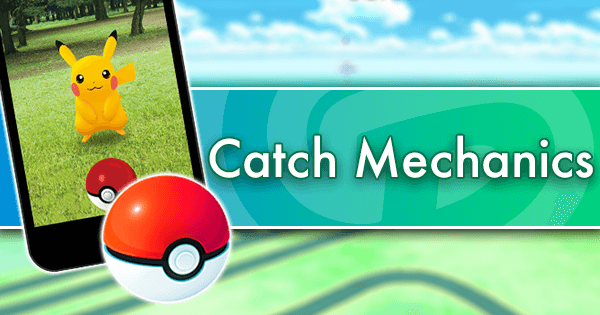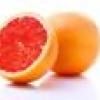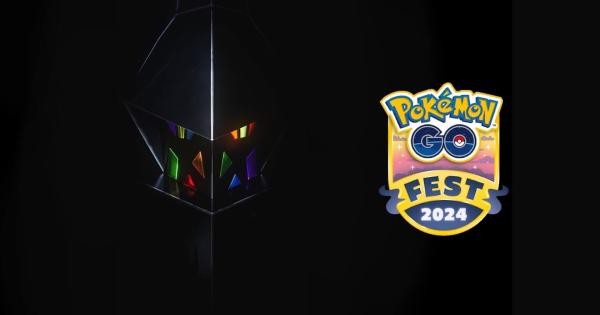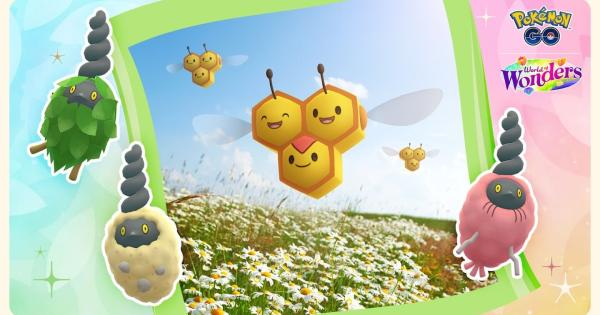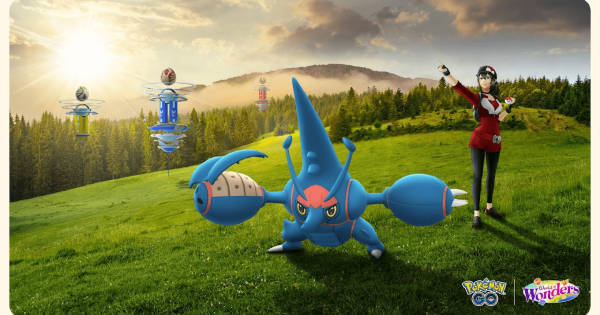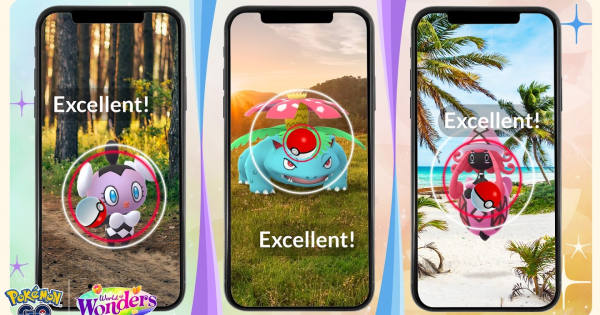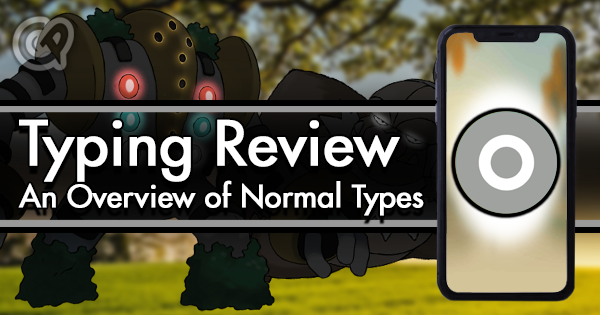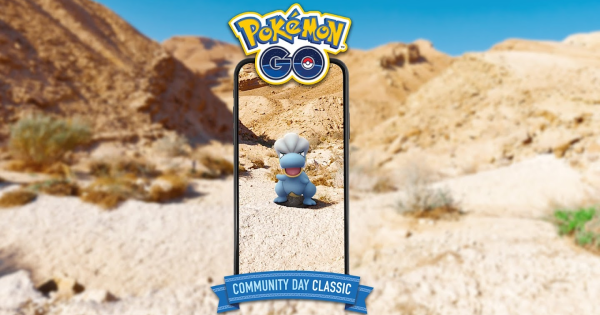Introduction
Catching Pokemon in Pokemon GO is simple: keep throwing Poke Balls until you catch the Pokemon.
Each time you hit the Pokemon with a ball, there is a probability it will be caught, which depends on the bonuses used. If the Pokemon is not caught, there is a chance it will run away.
The probability of catching a Pokemon depends on:
- Pokemon species
- Pokemon level
- Ball type (Poke, Great, or Ultra)
- Curveball
- Razz Berry
- Throw bonus (size of inner circle)
- Pokemon Medals
You can check out our Catch Mechanics Week article series for more detailed analysis.
The GamePress team analysed a large dataset to figure out exactly how each factor affects catch probability and interacts with each other. We discovered the general formula for catch probability, among other things. This page summarizes our findings.
Also, try the new GamePress Catch Calculator to see how all these variables affect your catch rate!
A Few Key Facts
A qualitative understanding will be more helpful than just dropping the catch probability equation. The key takeaway from our catch bonuses research is:
Applying any kind of catch bonus effectively gives you the chance to throw more than one Poke Ball per try.
Some interesting implications that follow:
- Throwing a curveball is important. A curved Poke Ball is stronger than a straight Great Ball and almost as strong as a straight Ultra Ball. Learning how to throw the curveball consistently will make the biggest difference to your game.
- Stack your bonuses. Ultra Ball is equal in catch probability to throwing two Poke Balls, but making an excellent curveball with Ultra Ball and Razz Berry is better than throwing ten Poke Balls in a row! Each bonus makes the previous bonuses worth more.
- In order to get the throw bonus, you have to land inside the colored target ring! Time your throw for the smallest target ring you can make consistently. The bonus for the circle size varies continuously with radius, so not all Great! throws give the same bonus to catch rate.
- Razz Berries don't affect flee rate, only catch rate.
- Catch probability doesn't depend on throw attempt. So if the Pokemon breaks out, you have the same chances on the next throw.
- Higher level Pokemon are harder to catch. Pokemon with low CP gain are often deceptively high level. A 300 CP Metapod could be level 30, for example, and unexpectedly difficult to catch as result.
- Your chances don't depend directly on your trainer level. So if two players with different levels encounter the same Pokemon, they will have the same chances of catching it if it is at the same CP.
Just Give Me the Darn Equation!
Yessir! Here is the equation that determines catch probability. To check if a Pokemon is caught, the game generates a random number between 0 and 1. If that number is lower than the value given by the equation, you caught the Pokemon! Since this equation (after much work) includes every catch bonus, we call it the Grand Unified Catch Theory (GUCT):
$$Probability= 1- \left(1-\frac{BCR}{2*CPM} \right)^{Multipliers}$$
where,
$$Multipliers=Ball*Curve*Berry*Throw*Medal $$That's quite a mouthful! Let's piece it together. Inside the parenthesis, you see
$$\frac{BaseCaptureRate}{2*CPMultiplier}$$This formula is the probability of catching a pokemon with just a Poke Ball, no fancy bonuses. BaseCaptureRate is a number which depends on the species. And CPMultiplier reflects how high level / how high CP the Pokemon is. The value of BCR/2*CPM can go from about 2.7% for a level 30 Dragonite, to 298% for a level 1 Magikarp, in which case it is just reduced to 100% catch rate.
Let's continue. Since 1 - x gives the probability that x doesn't happen, we can rewrite the equation more simply:
$$Probability= 1- \left(pokeball fail chance \right)^{Multipliers}$$Check it out: If Multipliers=2, then the equation equals the chance that you don't fail twice in a row with a Poke Ball catch. Since Multipliers is determined by which bonuses are used, this means that:
Applying any kind of bonus effectively gives you the chance to throw more than one Poke Ball per try.
So bonuses will definitely increase your catch rate. But if you didn't have a 100% catch chance with a Poke Ball, you will never reach exactly 100% no matter what bonuses you have.
Bonus Multipliers
Grand Unified Catch Theory is more than a single formula, it also involves finding out the actual bonus multipliers. Here is a nice table of them:
| Bonus Type | Multiplier |
|---|---|
| Razz Berry | 1.5 |
| Silver Pinap Berry | 1.8 |
| Golden Razz Berry | 2.5 |
| Curveball | 1.7 |
| Throw | 2-r |
| Poke Ball | 1.0 |
| Great Ball | 1.5 |
| Ultra Ball | 2.0 |
| Bronze | 1.1 |
| Silver | 1.2 |
| Gold | 1.3 |
For each bonus, if it wasn't used, the factor just equals 1 so it doesn't contribute.
What is this 2-r, you ask? The Throw bonus depends r, the radius of the colored target ring (from 1 to 0, with r=1 when target ring is same size as the white ring). That means the Throw bonus ranges from 1 to 2, as the size of target ring decrease in size. You must hit inside the inner circle to get a Throw bonus. No bonus is awarded when you land outside the circle.
Overall Catch Probability
In the end, you might want to know the average probability of catching a Pokemon, if you keep throwing Poke Balls until the Pokemon is caught or flees. Let's say the probability that you catch the Pokemon with an individual throw is P given by GUCT, and the flee rate F. Then the probability of catching the pokemon is:
$$P + P(1-P)(1-F) + P (1-P)^2 (1-F)^2 + ... $$This is a geometric series with ratio of (1-P)(1-F), whose sum is:
$$=\frac{P}{P+F-PF}$$One takeaway from the geometric sum is it depends on the ratio of P and F. Since F is fixed, the higher the value of P, the less chance for a Pokemon to flee before you can catch it. Stacking your bonuses is how you increase catch probability P.
Consider a level 30 Dragonite with 4% base capture rate and 5% flee rate:
| Bonuses | P | F | Overall Catch % | Flee % |
|---|---|---|---|---|
| Poke Ball | 3% | 5% | 36% | 64% |
| Ultra Ball | 5% | 5% | 53% | 47% |
| Ultra Ball, Razz Berry | 8% | 5% | 63% | 37% |
| Ultra Ball, Razz Berry, Curveball | 13% | 5% | 75% | 25% |
| Ultra Ball, Razz Berry Curveball, Great Throw Gold/Gold Medal | 24% | 5% | 86% | 14% |
These these numbers yourself with the Catch Calculator!
Color of the Inner Ring
| Ball Type | Multiplier |
|---|---|
| Poke Ball | 1 |
| Great Ball | 1.5 |
| Ultra Ball | 2 |
Where,
- Green is the green color value (up to 255).
- Red is the red color value (up to 255).
Is the Grand Unified Catch Theory Complete?
To be complete in our analysis, we wanted to make sure that we accounted for all multipliers that are in the GUCT. We had data on a few other potential modifiers and wanted to test if they had any effect on capture rate. We conclude that the number of capture attempts, IVs and being from a lure have no direct effect on catch rates.
We could not use simple statistical methods to test this because capture attempt number would seem to decrease catch rate even if it had no effect on the catch rate formula. This is because Pokemon with high catch rates are more likely to be caught and therefore, have no subsequent capture attempts. To get around this problem, we used a mixed effects logistic regression. Essentially, this regression adjusts for ball capture rate when calculating if other factors influence catch rate.
If the GUCT is accurate and complete, we would expect all of the factors within GUCT to be statistically significant but none of the other factors to be significant. Additionally, if we add GUCT into the regression, the factors that make up GUCT would decrease in statistical significance. Our p-values summarized below are in line with this. Therefore, we have no statistical reason to believe that GUCT is incomplete.
| Variable | First Test | Second Test |
|---|---|---|
| Attempt Number | 0.21 | N/A |
| IV Perfection Percent | 0.45 | N/A |
| Lure | 0.36 | N/A |
| Berry | <0.001 | 0.09 |
| Curve | <0.001 | 0.29 |
| Great Throw | <0.001 | 0.61 |
| Excellent Throw | <0.001 | 0.16 |
| GUCT | N/A | <0.001 |

